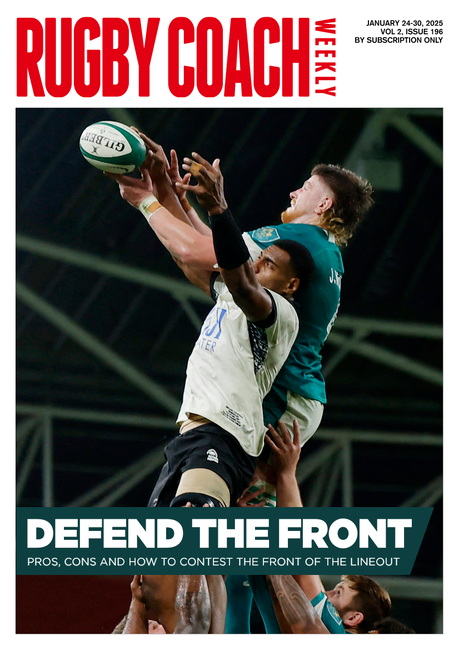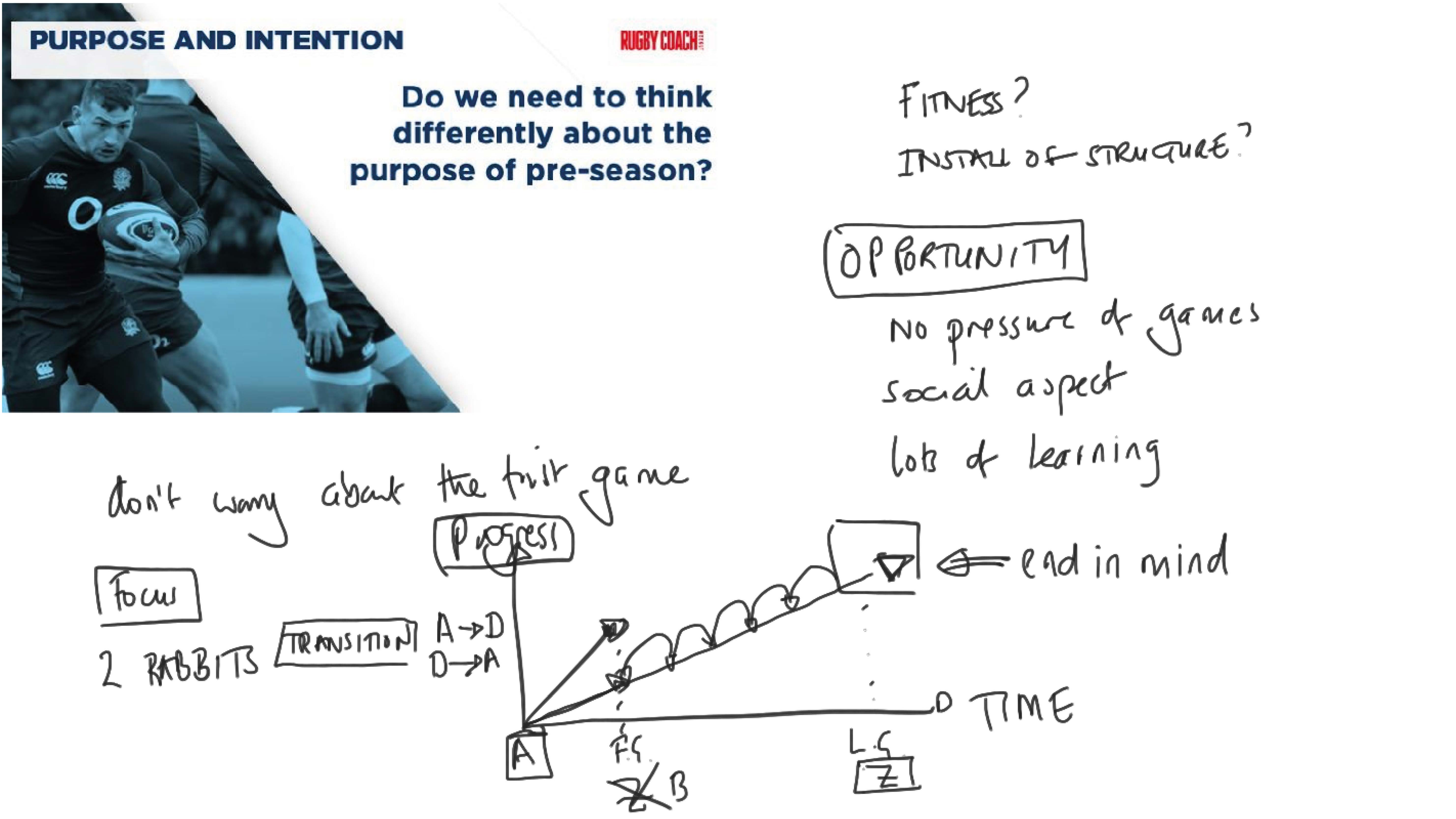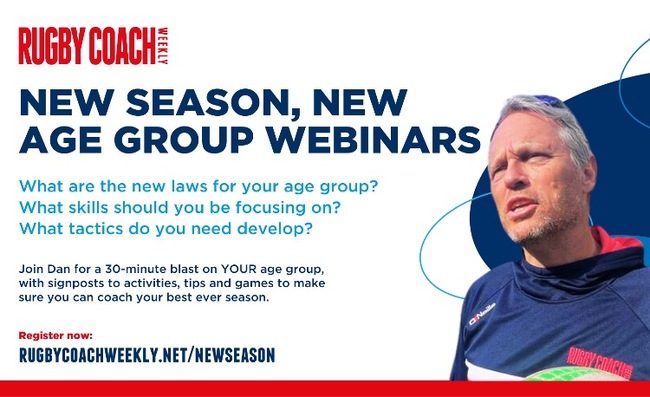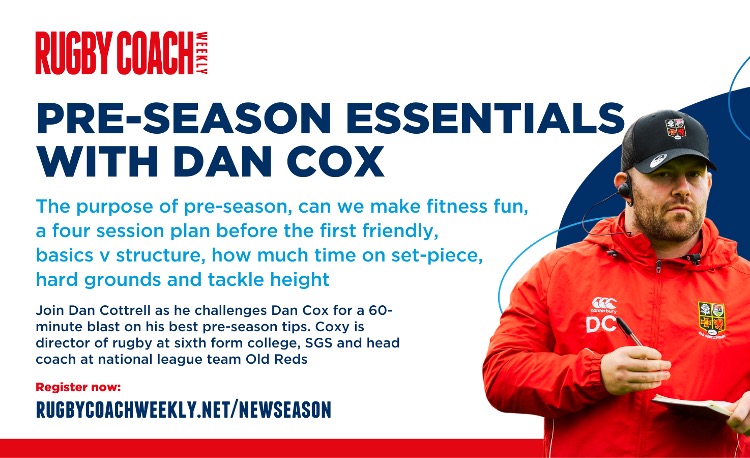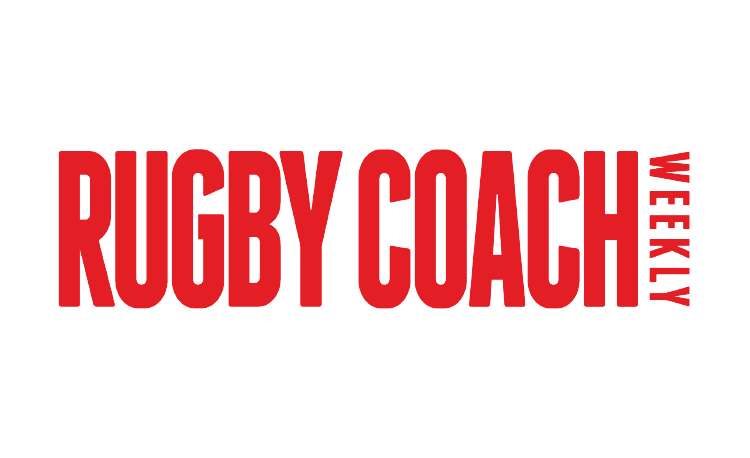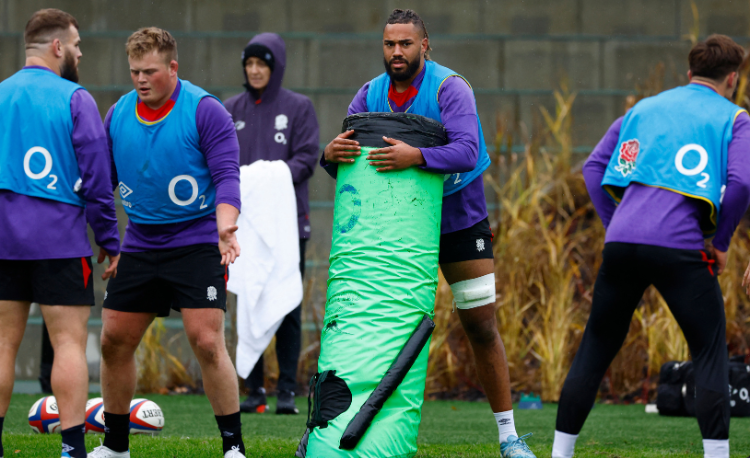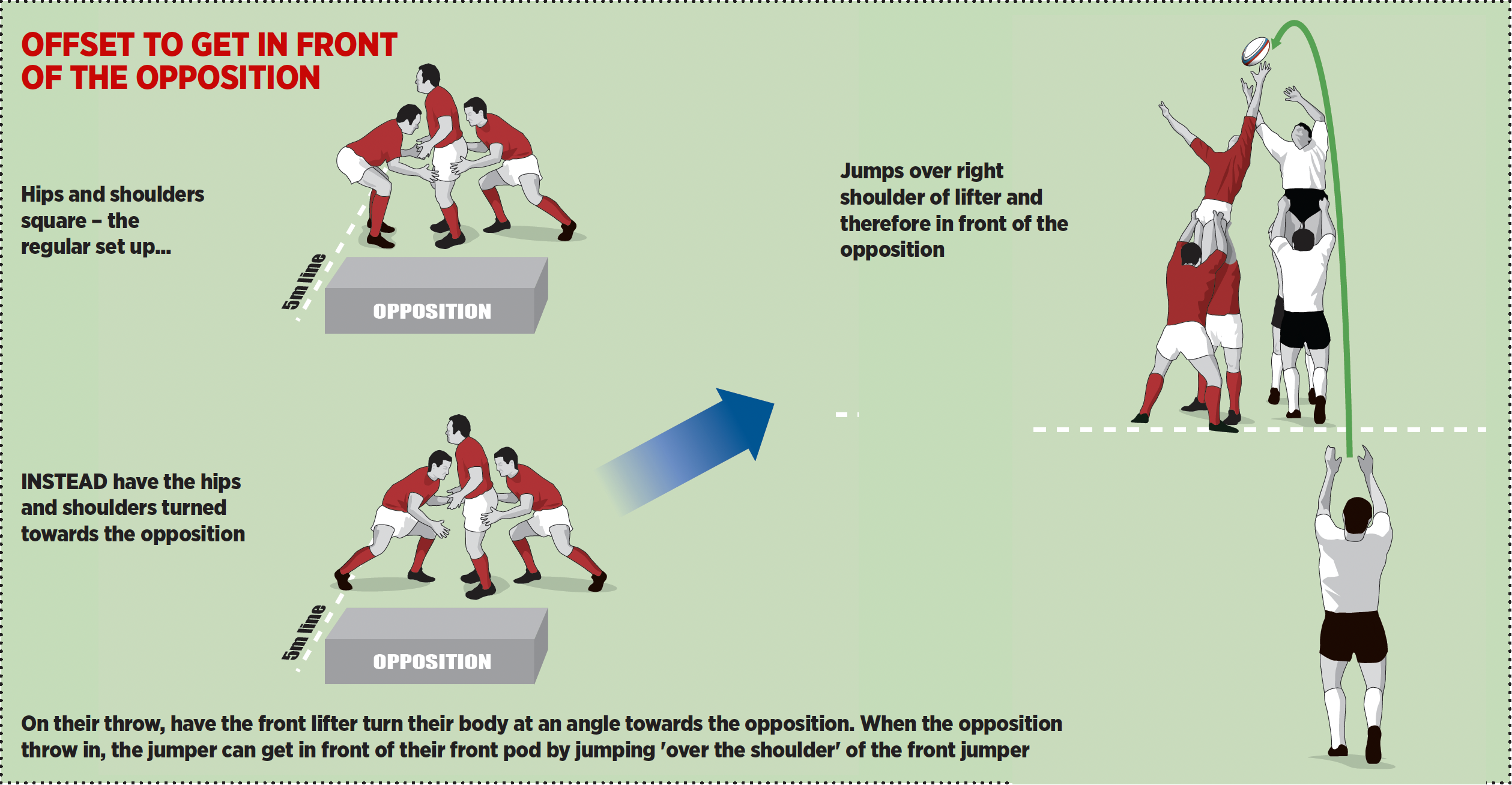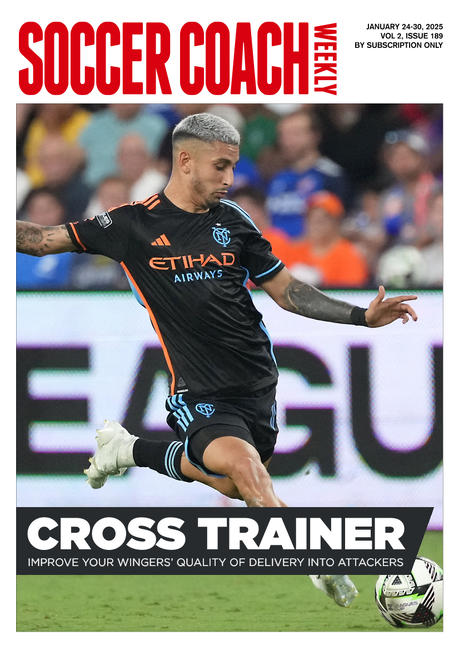Great player pre-session questions for Ready 4 Rugby
Pre Seasonby Phil Llewellyn
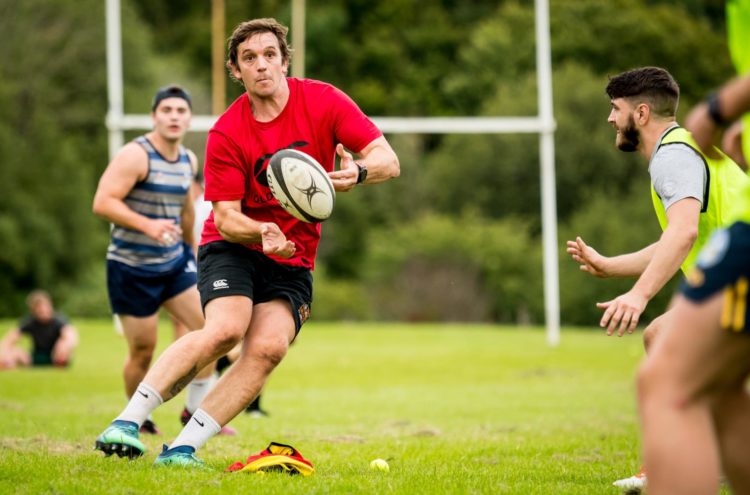
Use these questions to support planning and reflection in your players before taking part in Ready 4 Rugby matches/training. These are the pre-session questions.
Below each question, I add some of the possible answers and follow up questions. Of course, the players may come up with even better thoughts.
THE QUESTIONS
- What opportunities do the R4R conditions offer you that a "normal" game wouldn't? How will you maximise this opportunity?
- How can we maximise the laws to be most beneficial for us in either attack or defence?
- How will you utilise this opportunity to improve you when you return to full 15-a-side rugby?
What opportunities do the R4R conditions offer you that a "normal" game wouldn't? How will you maximise this opportunity?
WHEN YOU ARE IN POSSESSION
Smaller numbers per team on a good-sized pitch may give the players more touches on the ball and more regularly.
They will have more space to attack than in a 15 v 15 contact game.
More touches of the ball enable players to make more decisions and solve more problems which will influence the game, both on attacking and defending side of the ball.
Fewer players put a greater focus on the support of the ball carrier and the players' ability to influence the ball carrier as well as the defence
The speed of the game is likely to increase. The players work rates would need to increase to match this. This will stress the aerobic and anaerobic systems and help them to return to or improve game fitness.
The conditions will no doubt see players who previously had little opportunity to run, pass and kick now do so. Supporting them in maximising this opportunity will hopefully lead to positive returns when the game moves back to 15 v 15.
WHEN YOU ARE OUT OF POSSESSION

Having to defend bigger spaces against players who are more likely to be attacking the space than running in to contact (as may happen in 15 a side) may challenge players on how to manage that space and also the attackers' speed.
Knowing when to trade space for time, when to press hard and when to target the ball are all important decisions that players may get more opportunities to practise and learn from.
Trading space for time means to not go forward to tackle. Instead to "sit back" and use the touchline on the outside as an extra defender. This buys time for the defence to get across. Press hard means to run up quickly in defence.
Work rate to support teammates in defence is also something that may be challenged to improve. Fewer players and a big pitch mean having to cover more space more regularly and this will challenge game fitness.
Communication with defensive support players will be crucial in managing what players are doing and when based on the information in front of them.
How can we maximise the laws to be most beneficial for us in either attack or defence?
WHEN YOU ARE IN POSSESSION
Being able to continue to move (Go Forward) after the first touch tackle could allow for lots of line breaks. How can you keep the ball moving after a line break or first tackle?
The second touch halts Go Forward so how might this enable to defence to re-set and how could this make attacking harder after the second touch?
If a line break happens in the middle of the field, teams should be able to attack on either left or right. This means players will need to be scanning or seeking information and then communicate where is the best place/space to attack next.
Alternatively, a line break close to the touchline means the attack can only continue one way and the defence may know this and try to exploit it. How can knowing this allow the attack to exploit the defence and continue attacking space? See the bottom of the page for how this can be done.
If the defence look to make rapid touches in succession on the ball carrier, they have condensed the space around the ball carrier. There will be space somewhere else on the field for the attack to exploit if they can move the ball away before the second touch.
WHEN YOU ARE OUT OF POSSESSION
From a defensive perspective, the attacker having to throw the ball above their head means time to re-set and organise.
How will players deal with line breaks as a team?
The danger is that playing with no full-back or sweeper, that is a player in behind the front line, may mean the attack get to make lots of metres once they've broken the line. But having at least one of more players behind the first line of defence to make the second touch quicker or force errors due to the pressure applied.
The next question might be: How do you balance this against the downside of having fewer defenders in the front line?
How will you utilise this opportunity to improve you when you return to full 15-a-side rugby?
IN AND OUT OF POSSESSION
If players have been able to catch, pass, run an kick the ball more regularly, make more decisions both on and off the ball and increase their work rate this can only be a good thing when returning to 15-a-side.
Defensively they could now be more comfortable defending bigger spaces, quicker players and working faster to be set quicker.
THREE OPTIONS TO ATTACK FROM THE TOUCHLINE
- Hit relatively close the last touch with numbers to get over the gain line. Play quick ball which would create a corner for the defence to have to get around. That is, they have to retire, get back onside and fill in the spaces either side of the tackle. This slows them down and also means the outside defence has to step in to fill in inside space.
- Look to bring the defence on to you and kick to a hole either cross-field or behind the defensive line.
- Play flat to engage the defence. That is, use flat passes to receivers running forward close to the defence. Then pass to a player deep enough that a rushing defence can’t get to them. This allows you to play around a press defence and exploit them on the outside.
Newsletter Sign Up
Coaches Testimonials

Gerald Kearney, Downtown Las Vegas Soccer Club

Paul Butler, Florida, USA

Rick Shields, Springboro, USA

Tony Green, Pierrefonds Titans, Quebec, Canada
Subscribe Today
Be a more effective, more successful rugby coach
In a recent survey 89% of subscribers said Rugby Coach Weekly makes them more confident, 91% said Rugby Coach Weekly makes them a more effective coach and 93% said Rugby Coach Weekly makes them more inspired.
Get Weekly Inspiration
All the latest techniques and approaches
Rugby Coach Weekly offers proven and easy to use rugby drills, coaching sessions, practice plans, small-sided games, warm-ups, training tips and advice.
We've been at the cutting edge of rugby coaching since we launched in 2005, creating resources for the grassroots youth coach, following best practice from around the world and insights from the professional game.

